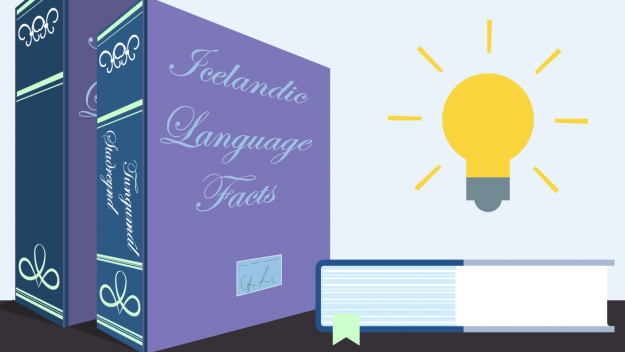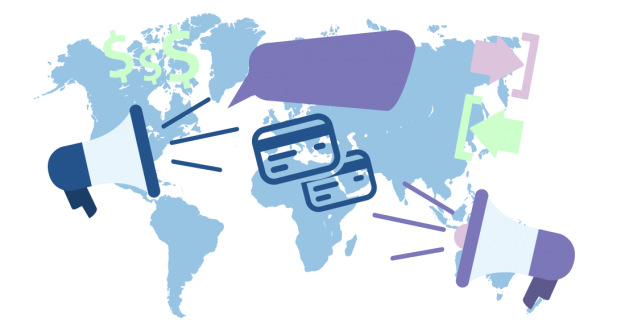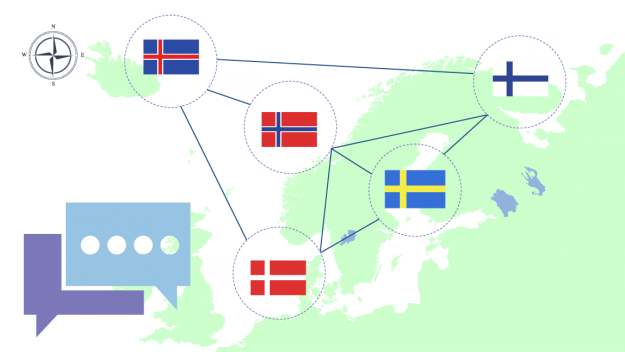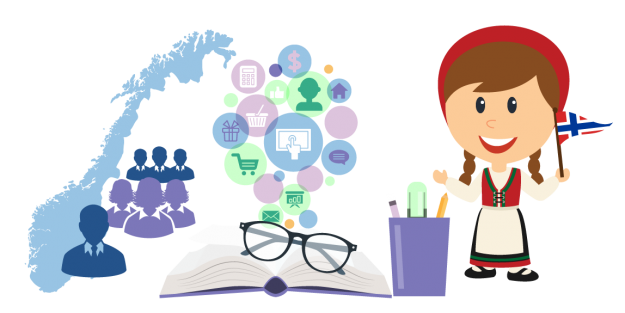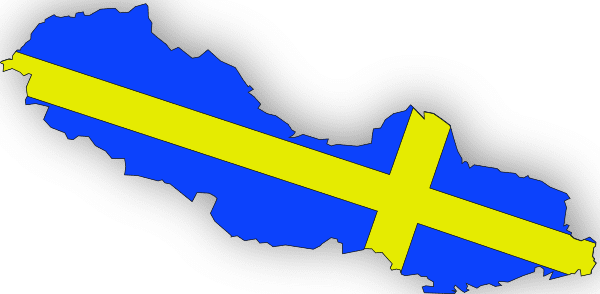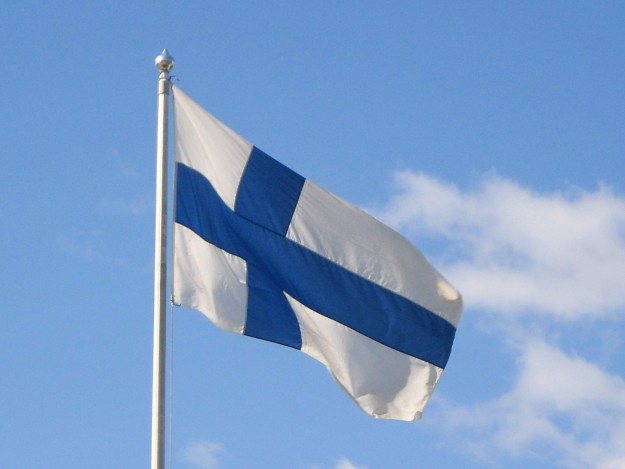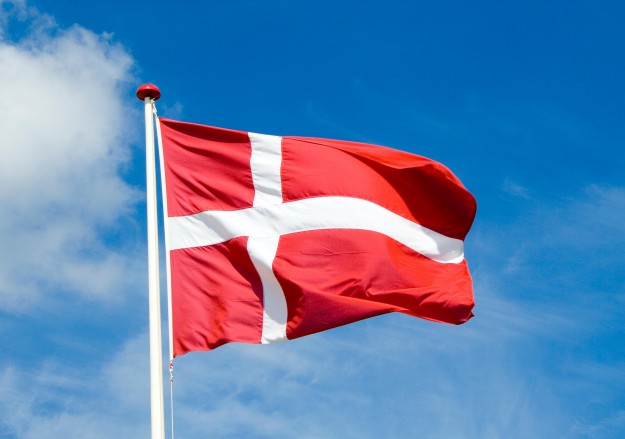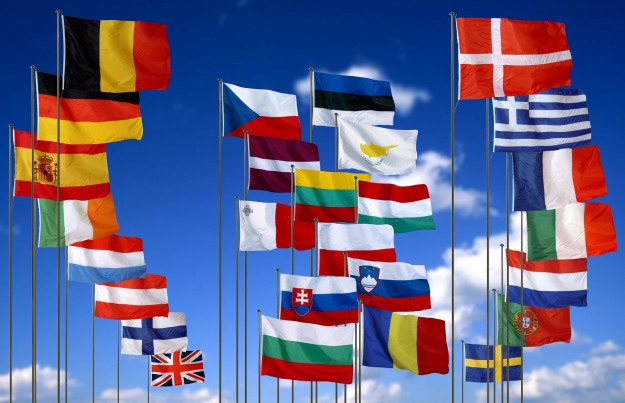Interesting Facts About the Icelandic Language Origin and its History
Here are some quick facts about the Icelandic language origin and history. Currently 350,000 people speak Icelandic in the world. Of these, 323,000 people live in Iceland. As the world’s population currently stands at 7 billion people, it means that 0.005% speak Icelandic. This is a fact which is important for linguists who are more interested in the history of Iceland and its native language.

